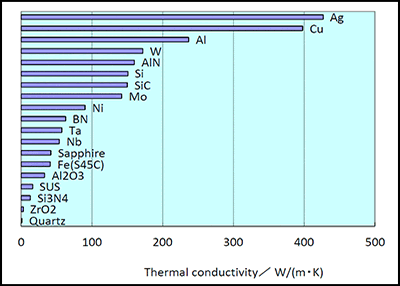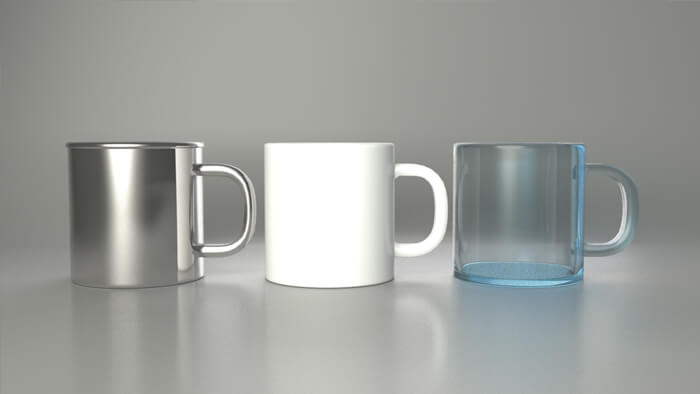The problem with the thermal conductivity of ceramics is the dependence on the composition grain size and manufacturing process which make it rather difficult to obtain a reliable value from literature only.
Thermal conductivity of glass vs ceramic.
Thermal conductivity 25 c 1 46 w m k.
The below infographic presents more details on the difference between glass and ceramic.
Very high thermal conductivity measurements up to 22 600 w m 1 k 1 were reported by fenton e w rogers j s.
This implies that glass cup has the lowest convective and radiation losses from the cup.
Thermal conductivity of ceramic measurement results.
In the case of glass cup the outer wall of the cup is cooler than that of a ceramic cup.
Looking at the values quoted in various handbooks papers and data sheets two things are observed.
Zirconium dioxide zro 2 sometimes known as zirconia not to be confused with zircon is a white crystalline oxide of zirconium its most naturally occurring form with a monoclinic crystalline structure is the mineral baddeleyite a dopant stabilized cubic structured zirconia cubic zirconia is synthesized in various colours for use as a gemstone and a diamond simulant.
10 16 btu in hr ft 2 f.
Aluminum nitride has a very high thermal conductivity while being an electrical insulator.
The heat flux to the periphery is also low as the thermal conductivity of glass is also lower than that of ceramics.
In some journal of physics which has its name blurred up in reference 570 on page 1458 41 2026 33 1963.
Thermal conductivity is a material property that describes ability to conduct heat thermal conductivity can be defined as the quantity of heat transmitted through a unit thickness of a material in a direction normal to a surface of unit area due to a unit temperature gradient under steady state conditions.
An average thermal conductivity of 5 077 w mk was obtained for bisque fired alumina which is exactly within the accepted thermal conductivity range of 5 to 5 25 w mk for this material.
This high thermal conductivity relates to a relatively fast temperature equilibrium between the mug and the liquid meaning the liquid will cool off rather quickly.
The thermal conductivity and thermal resistivity values measured by the tls 100 are listed in table 1.
Even though glass has a different atomic structure it is hard rigid brittle and resistant to thermal conduction chemical corrosion and electrical conduction like most ceramics.
800 c 1472 f maximum use temperature.
Thermal expansion coefficient thermal conductivity vs temperature of macor machinable glass ceramic.
The thermal conductivity of a ceramic mug is approximately 3 8 w mk while the thermal conductivity of the glass mug is approximately 1 1 w mk.
This makes it an ideal material for use in electrical and thermal management situations.










